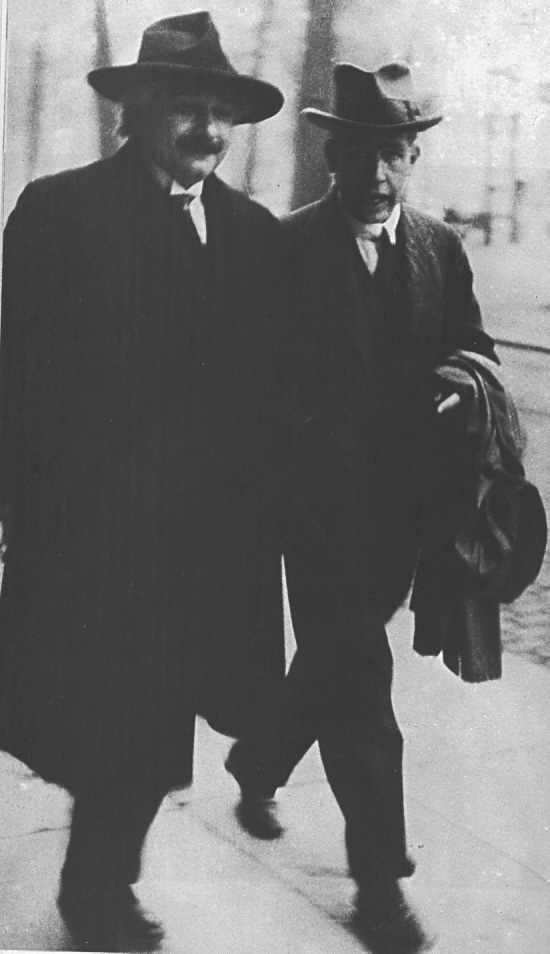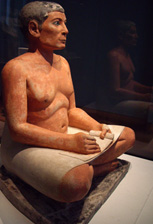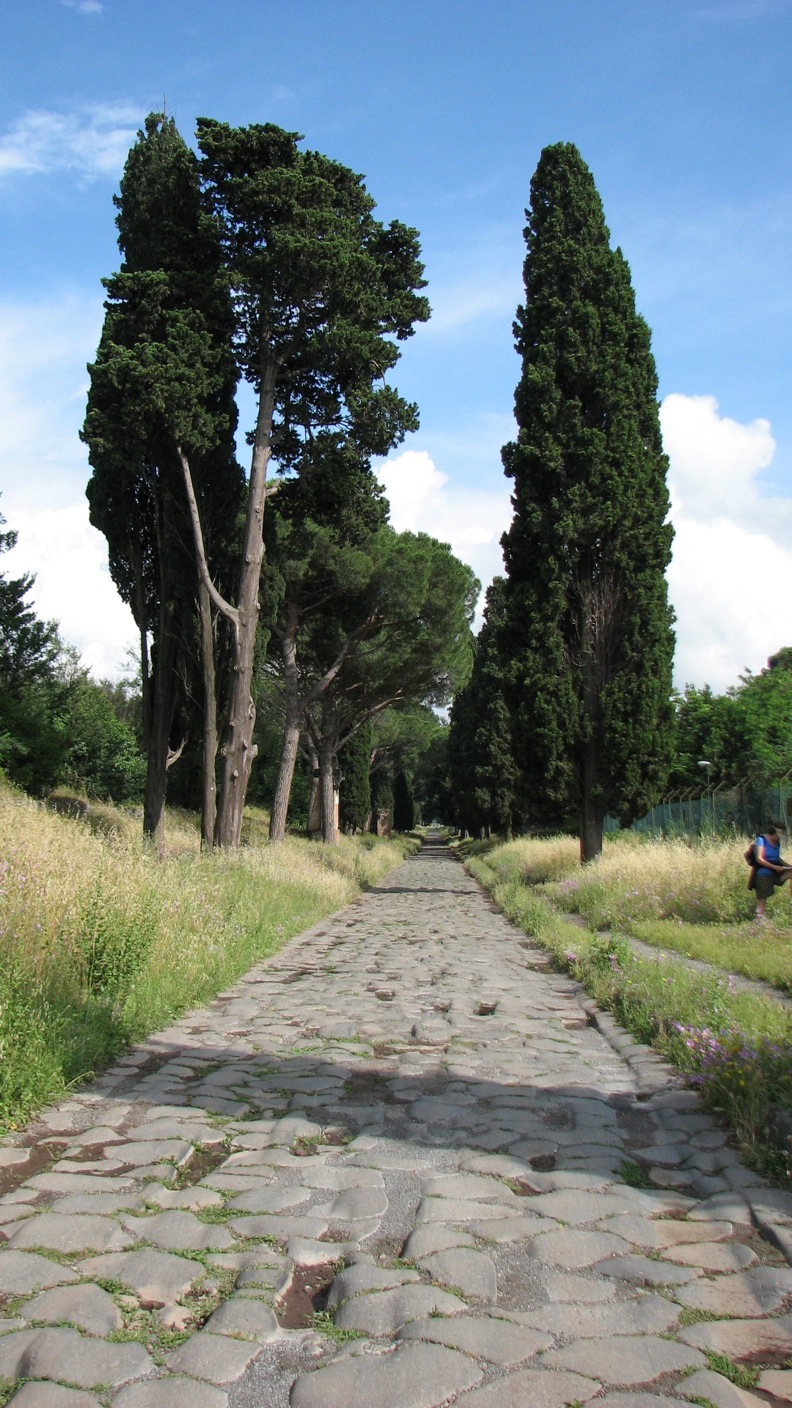Milestones of Modern Science
"We humans, moreover share an abstract world of language and thought through which we bring forth our world together."
Fritjof Capra, 1996.

MLS Books
Albert Einstein with Neil's Bohr in step or in transit? books | questions | science is ? | commentary
| Introduction to the books & related readings | ||
|---|---|---|

|
||
| Sigmund Freud, Civilization and Die Weltanschauung, 1918. | ||
| The White Plague, Rene Dubos. | ||
| One Long Argument, Ernst Mayr, see also. | ||

|
||
| The Century of the Gene, Evelyn Fox Keller. | ||
| 9 F | Beyond Einstein, Michio Kaku. | |
| 10 G | The Universe Within, Neil Shubin. | |
| The Essential Galileo, Maurice Finocchiaro. | ||

|
Neurosis and Human Growth, Karen Horney. | |
| Copenhagen, Michael Frayn. | ||
| optional | Symbiotic Planet, Lynn Margulis. | |
| Galileo, by Bertolt Brecht. | ||
There are ten books: Bold from A-J, The Freud essay is available on-line to read.
The numbers refer to the class meetings.
The first night we discuss the rationale for these works as examples of milestones in science writing because of the information they reveal.
![]()
"Science" under the nomenclature and as the practice of natural philosophy "in the seventeenth century emerged not in opposition to religion but rather in many respects driven by it."
"The West's sense of itself, its relation to its past, and its sense of the future, have been profoundly altered since the seventeenth century, as cognitive values generally have gradually come to be shaped around scientific ones. Science [not actually a word used until after 1680s and widely understood until the 1820s] has not merely brought a new set of such values to the task of understanding the world and our place in it, but rather it has completely transformed the task, redefining the goals of inquiry."
Stephen Gaukroger, The Emergence of a Scientific Culture. (2006), p. v.
 |
 |
|
|---|---|---|
 |

|
From 1210, with the earliest condemnation of Aristotle by the University of Paris, to the popularization of Kepler's laws of planetary motion and Newton's publication of the Principia, (1605-1689) a systematic way of interrogating the natural world emerged. This emergence of a radically divergent standard by which we both measure the human relation to, yet delimit humanity's responsibility for altering nature is not a timeless knowledge so much as it is a method. This method is a way to distinguish an enduring means of describing consistent from inconsistent behavior in the physical world.
 Then from 1700 until 1859 the fragmentary, but persistent, accumulation of material evidence for our human emergence from an ever more distant past changed the way we think about the Earth. Building on this new geology, Wallace, Darwin, Huxley and others established a disputed yet enduring means by which to comprehend human descent from a common ancestor.
Then from 1700 until 1859 the fragmentary, but persistent, accumulation of material evidence for our human emergence from an ever more distant past changed the way we think about the Earth. Building on this new geology, Wallace, Darwin, Huxley and others established a disputed yet enduring means by which to comprehend human descent from a common ancestor.
Discovery of the human emergence from nature and numerous enduring ties among human ancestry, planetary life, and celestial movement was profoundly upset by the findings of subatomic matter and energy. Since the radically disturbing discoveries of the last (20th century) hundred years, an unimaginable, counter intuitive, and invisible world was found seething beneath the surface of everyday experience. Even more profoundly a description of powerful elements, unifying forces, and measurable factors in an ever expanding universe were explained that challenged three centuries of trust in the capacity of knowledge to enlighten and guide human endeavors. Today we question the long-established assumptions derived from Newton's certainties of a world subject to universal gravitational laws to a universe governed by contingent probabilities and uncertain futures.
What is sacred about nature?
A Narrative about humanity's journey from uncertainty to its obscurity as an exceptional species.
Commentary: J. Siry.






